Easy SSD Guide: SATA, mSATA, M.2 and U.2
For the longest time, traditional hard disk drives (HDDs) were the Achilles heel in terms of performance in a computer system. SSDs (Solid-State Drives) have brought a massive boost in computers, and it's safe to say that once you go SSD, there's no going back. Since its birth, they are now even faster and come in a variety of forms. While the price of an SSD held most people back in the beginning, thankfully now it has become ubiquitous due to affordable pricing. If you are searching for high-capacity SSDs, the prices are still not exactly cheap but are in generally faster compared to models with smaller capacities. Choosing the right one for your new upgrade can be time-consuming and confusing, so here's a quick guide to which is which and what goes where. You can check out a previous article for more details about PCI-Express, M.2, mSATA And SATA Express.
Does size matter?
An SSD is primarily made up of a circuit board, some flash-memory and controller chips, so why are there 2.5" SATA (Serial ATA) SSDs? Basically, these drives are made for compatibility, you can easily slip one into a desktop or laptop without any problems. Chances are, you are ready for it unless you have an ultra-slim laptop, in which case you may need one with an ultra-thin profile such as the one below (thickness being the only difference) or a different type of SSD altogether. The maximum performance is up to 6Gb/s through SATA III, generally you are looking to buy one which is faster than 500MB/s. SATA SSDs will not be disappearing any time soon, they still perform very well and current prices are compelling, especially if you want lots of storage for your games! You can also breathe life into an old system gathering dust, if you haven't tried, prepare yourself for a pleasant surprise! You can save some money here by going with SATA II if that's what your motherboard supports (getting SATA III will be a waste).
Basically it seemed at the time there's no reason for these SSDs to be this big so why not make it smaller? Mini-SATA (or mSATA) did exactly that, and removed the shell. The introduction of the mSATA SSD was exciting, since the small form-factor meant thinner and smaller laptops were possible, and thin laptops with multiple storage options also became available. In terms of performance however, mSATA has the same upper limit as SATA SSDs, which is 6Gb/s. mSATA are by no means extinct, but unless this is the only upgrade option you have, take a look at M.2.
NGFF (Next Generation Form Factor) SSDs better known as M.2 is the successor to the mSATA, and has brought about a significant boost in performance by going PCI-Express (instead of SATA). All ROG Maximus VIII motherboards support M.2 SSDs. In the case of the ROG Maximus VIII Impact, U.2 (more on that next) support was chosen over M.2. ROG Rampage V Extreme first introduced a PCI-Express 3.0 X4 interface that has a potential bandwidth of 32Gb/s, compared to 6Gb/s from SATA. Access time also improved dramatically compared to SATA, PCIe has a direct connection to the CPU while a SATA controller increases the latency. From a PC building perspective, one of the best things about M.2 (and mSATA) is that they don't require separate data and power cables, this essentially eliminates cable management! Anyone looking to build a great looking rig is certainly going to love M.2, as there is currently no other solution both faster and more elegant. These do come in different sizes (length), so do check if that is an issue. When buying a new laptop, definitely look for one or even two M.2 SSDs in RAID 0 configuration (ROG G752 / GX700) already installed or a free slot available for upgrades later. As for real-world performance, some M.2 SSDs are up to four times faster than a SATA III SSD, and can single-handedly beat two SATA SSDs in RAID 0 easily.
SFF-8639 later renamed to U.2 (so you actually remember it) is another 2.5" SSD like an SATA Express SSD, except U.2 isn't limited by two lanes (up 10Gb/s performance). U.2 utilizes the PCIe 3.0 X4 (denotes four lanes) interface just like M.2, the main difference is that the capacity for these ultra-high-performance SSDs is not bound by a small circuit board size (more space for more flash-memory chips), so you can get higher capacity SSDs. As you can see below in the design of the outer casing, there is also better heat dissipation as they can get rather warm when running at incredible speeds. All the latest Maximus VIII motherboards have U.2 ports, Hero, Gene and Ranger use an adapter (ASUS Hyper Kit) for U.2 support. Maximus VIII Hero Alpha has two U.2 ports, and I was excited to test them out by connecting up two U.2 SSDs in RAID 0 for ridonculous speeds (see below). For money-no-object extreme performance, here's what you're looking for.
PCI-Express and U.2 SSDs often offer server/professional performance while PCI-Express SSDs may even utilize eight lanes (U.2 uses up to four)! The Intel 750 NVMe U.2 SSD shown here also has a PCIe version available.
So to answer whether physical size matters, it really depends on the capacity, and also speed which essentially comes down to which interface - SATA or PCIe (which is faster thus hotter, and may require better thermals).
The bus conundrum
You may have found it confusing to find out why some SSDs aren't compatible even though the physical connector is the same. For instance, mSATA has a cousin called mPCIe, and M.2 comes in both SATA and PCIe variants (find out which is which here). The only thing to remember is that PCIe is faster than SATA, and these protocols are not inter-compatible. In short, there's not point in upgrading to a SATA-based M.2 if you're only going to get 6Gb/s max, unless you just want the smaller form factor and you don't like cable management.
What on earth is NVMe?
NVMe (NVM Express or Non-Volatile Memory Express) sounds fast, but what is it? And how come the physical connector can look completely different? Well NVMe allows software to talk to the latest PCIe SSDs, and is the successor to AHCI (Advanced Host Controller Interface) which talks with SATA devices. NVMe allows PCIe SSDs such as U.2, M.2 or PCI-Express SSDs to run at peak performance five times that of SATA with less power consumption. ASUS was the first to offer NVMe support in all X99 and Z97 motherboards!
Boosting performance with RAID O
Just like dropping in a second graphics card for extra performance, you can do the same for your SSDs, and you can do it by using two of the same (or four for that matter) SSDs in RAID 0 configuration. Check out the difference a second SSD can make when two M.2 SSDs are in RAID 0. Today we test out two NVMe U.2 SSDs in RAID 0!
Test bench specs:
CPU: Intel Core i7-6700K
M/B: ROG Maximus VIII Hero Alpha
RAM: G.Skill 16GB DDR4 2800
SSD: 2 X Intel 750 Series NVMe U.2 PCIe 3.0 X4
Benchmark
ATTO Disk Benchmark registered a transfer rate of over 3,500MB/s (read) and over 1,600MB/s (write) , HD Tune registered an average transfer rate of 3,105.5MB/s!
Where should I install my OS?
If you want your PC to boot up, load games and application lightning fast, here are guides on how to install windows on a single M.2 SSD or on a RAID 0 array!
I don't have a slot for M.2 or U.2
If you have an ASUS or ROG Z97, X99 or Z2170 motherboard, here are some adapters you could use to get your system running at a speed you've never seen before!
- ASUS Hyper Kit (for connecting a U.2 SSD into an M.2 connector)
- ASUS Hyper M.2 X4 - PCIe Gen2/3 to M.2 X4 SSD Adapter Card (use a PCIe slot for M.2 SSDs)
Author
Popular Posts

How to adjust your laptop's P-Cores and E-Cores for better performance and battery life
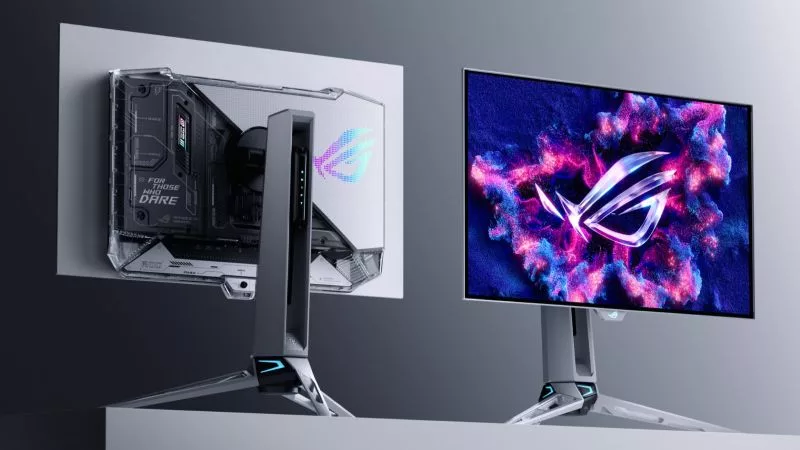
Prepare for Tandem OLED splendor with these new ROG gaming monitors

How to Cleanly Uninstall and Reinstall Armoury Crate
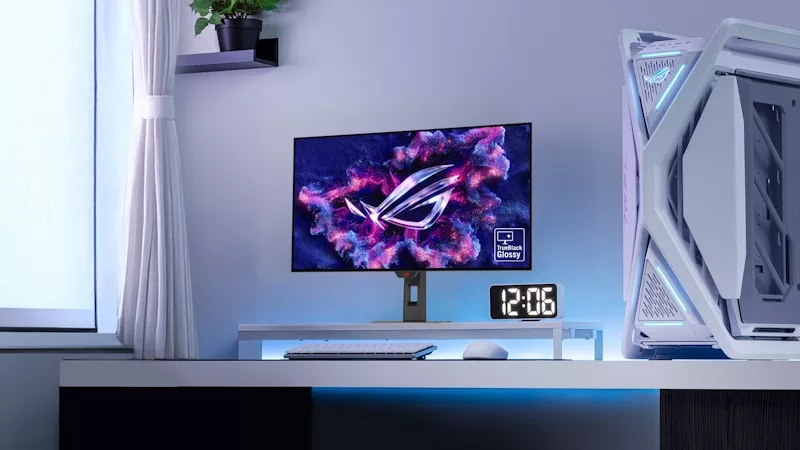
32-inch glossy WOLED panels debut in the ROG Strix OLED XG32UCWMG and XG32UCWG gaming monitors
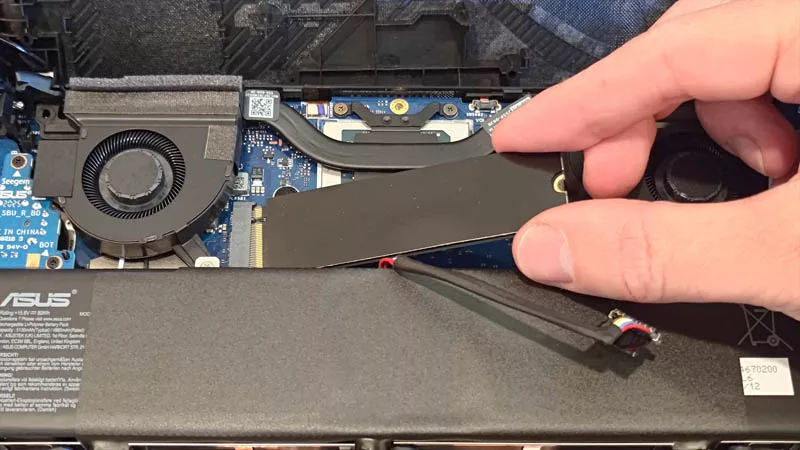
How to upgrade the SSD and reinstall Windows on your ROG Ally, ROG Xbox Ally, or ROG Xbox Ally X
LATEST ARTICLES
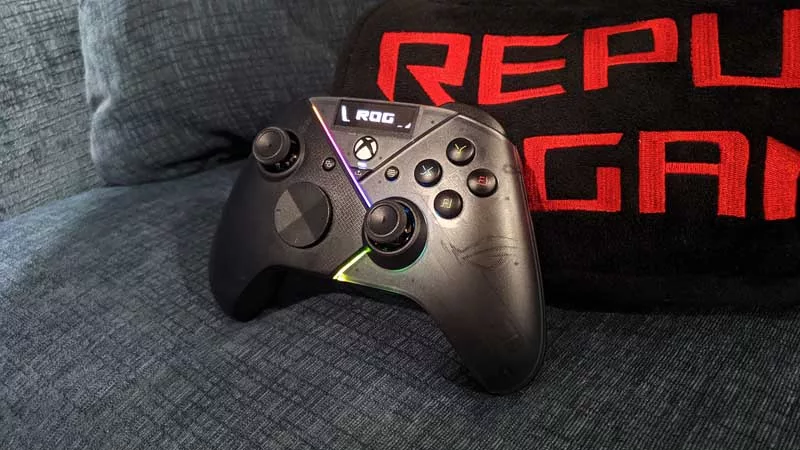
Hands-on: The ROG Raikiri Pro took my couch gaming to the next level
I've been a diehard PC gamer all my life, but I often play on the couch. The ROG Raikiri Pro has improved my living room PC gaming immeasurably thanks to a few useful features and loads of customizability.
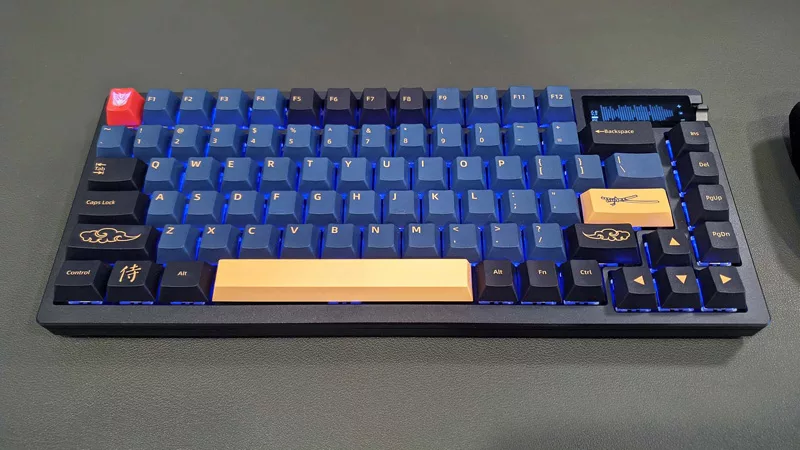
Hands-on: The ROG Azoth became the canvas for the keyboard of my dreams
Ever since I bought my first mechanical keyboard, I’ve been on a mission to mod and upgrade, mod and upgrade. But I think the ROG Azoth may actually be my endgame.
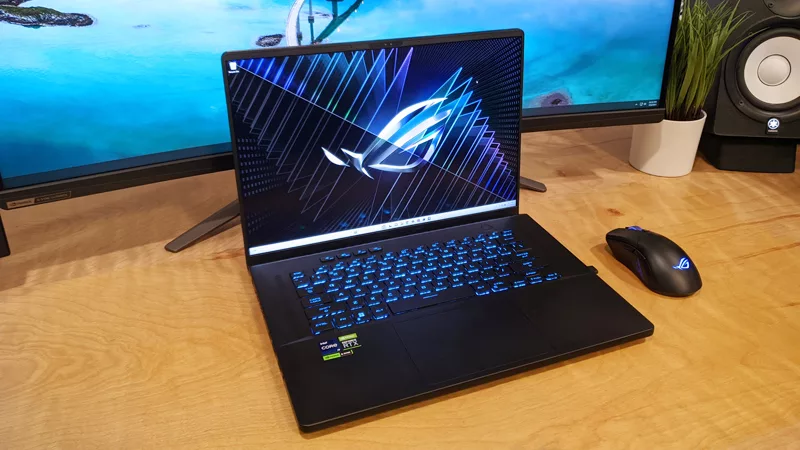
The Zephyrus M16 blends outstanding HDR gaming performance with undeniable luxury
The new ROG Zephyrus M16, with its Nebula HDR display, is like bringing a high-end home theater gaming setup with you wherever you go.
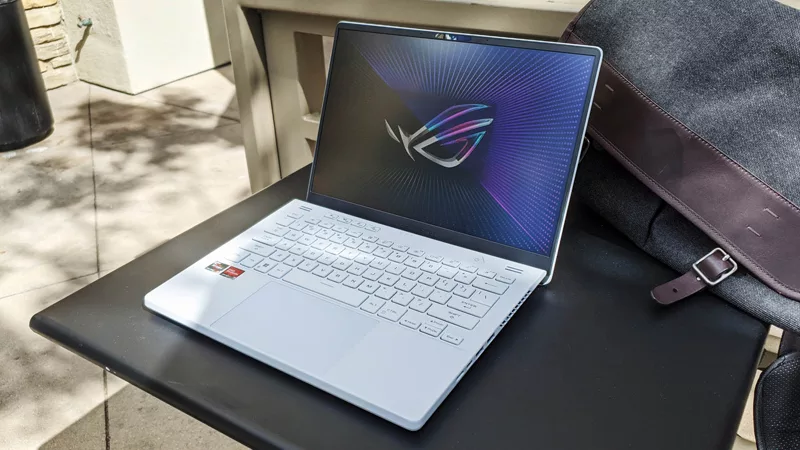
Radeon graphics and a stellar new display reinvigorate 2022 ROG Zephyrus G14
For a long time, I had to choose between underpowered ultraportable laptop and large laptops capable of gaming. But the ROG Zephyrus G14 puts admirable gaming chops into an ultra portable machine that travels anywhere.
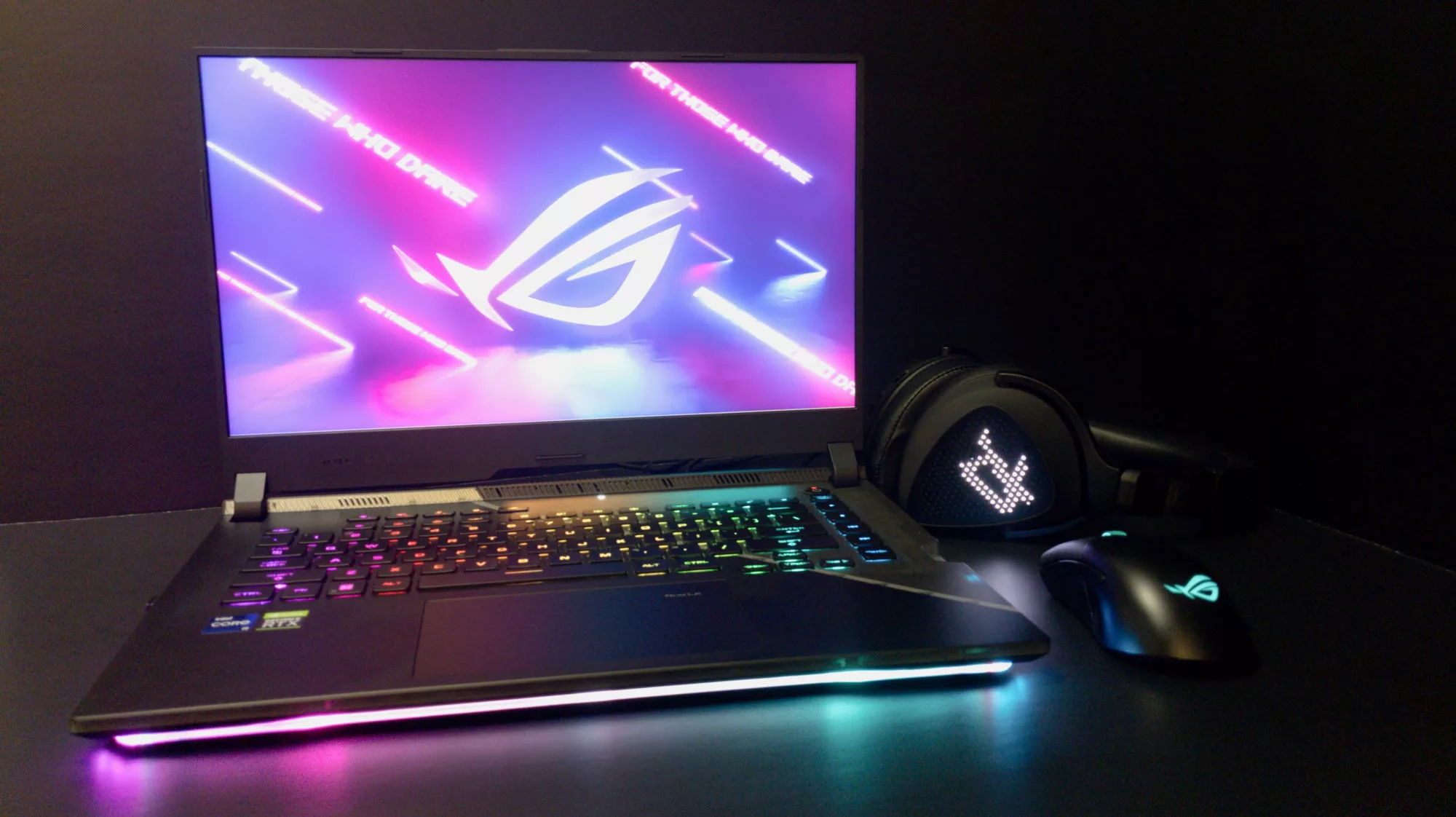
Ready to rumble out of the box: Hands-on with the ROG Strix SCAR 15
Living on the move or in a smaller space isn't a roadblock to high-end gaming. The ROG Strix SCAR makes portable powerful.
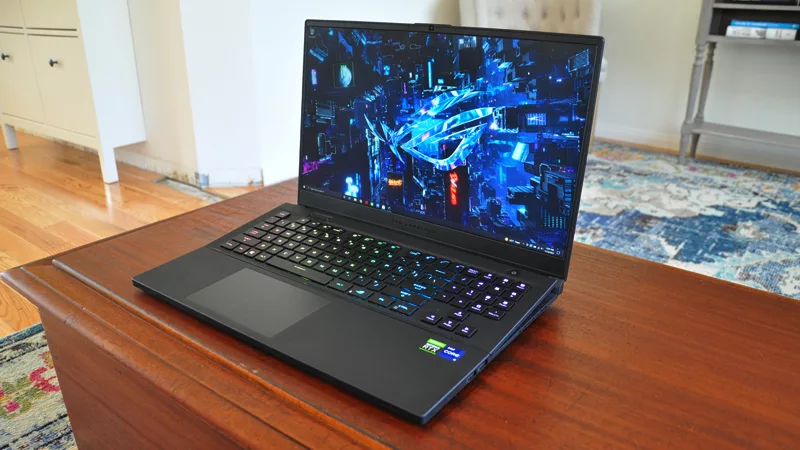
The ROG Zephyrus S17 is an outstanding mixture of power and portability
The S17 has it all: top-tier hardware in a slim package with all the bells and whistles.









